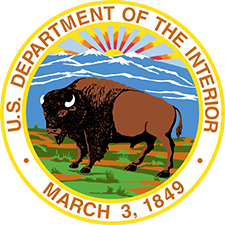Answer
As a general rule, an American Indian or Alaska Native person is someone who has blood degree from and is recognized as such by a federally recognized tribe or village (as an enrolled tribal member) and/or the United States. Of course, blood quantum (the degree of American Indian or Alaska Native blood from a federally recognized tribe or village that a person possesses) is not the only means by which a person is considered to be an American Indian or Alaska Native. Other factors, such as a person’s knowledge of his or her tribe’s culture, history, language, religion, familial kinships, and how strongly a person identifies himself or herself as American Indian or Alaska Native, are also important. In fact, there is no single federal or tribal criterion or standard that establishes a person's identity as American Indian or Alaska Native.
There are major differences, however, when the term “American Indian” is used in an ethnological sense versus its use in a political/legal sense. The rights, protections, and services provided by the United States to individual American Indians and Alaska Natives flow not from a person's identity as such in an ethnological sense, but because he or she is a member of a federally recognized tribe. That is, a tribe that has a government-to-government relationship and a special trust relationship with the United States. These special trust and government-to-government relationships entail certain legally enforceable obligations and responsibilities on the part of the United States to persons who are enrolled members of such tribes. Eligibility requirements for federal services will differ from program to program. Likewise, the eligibility criteria for enrollment (or membership) in a tribe will differ from tribe to tribe.


